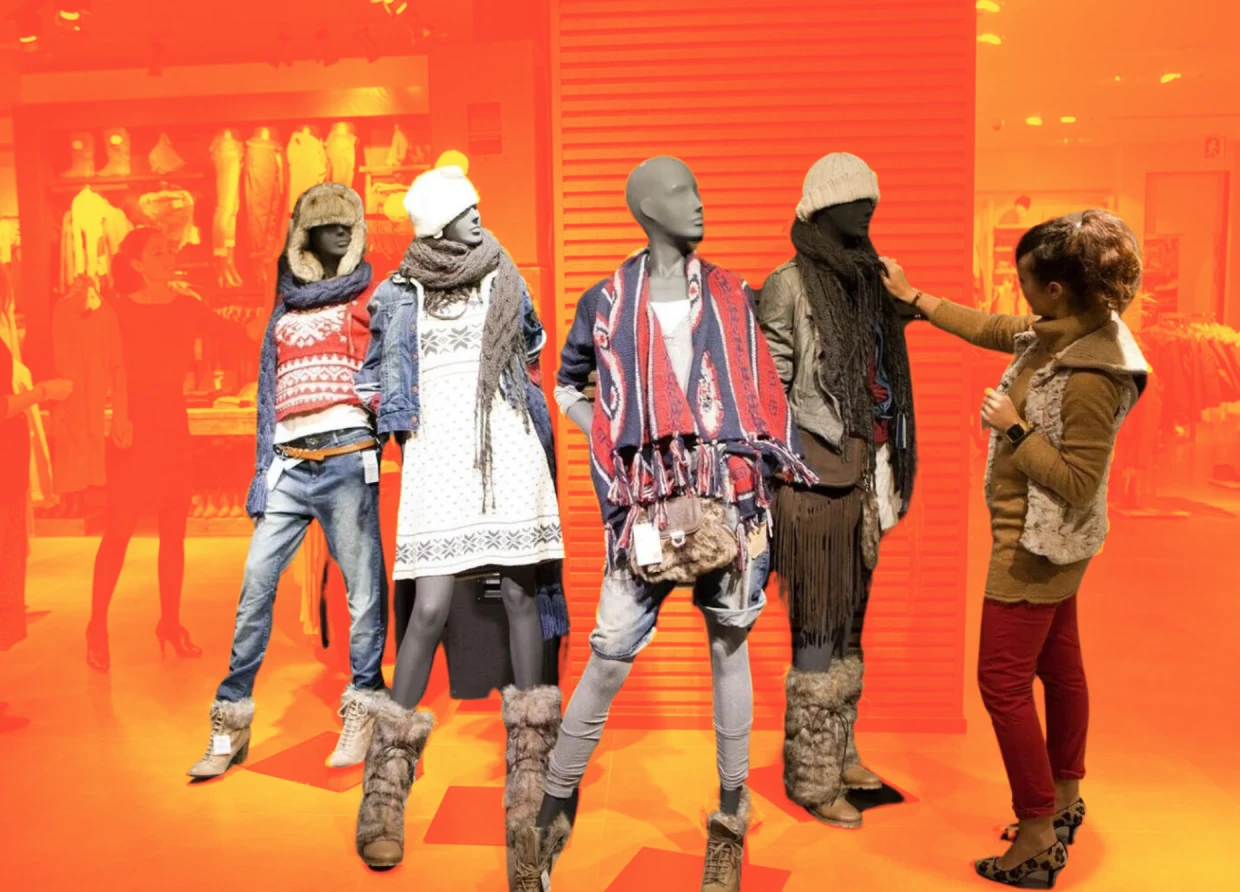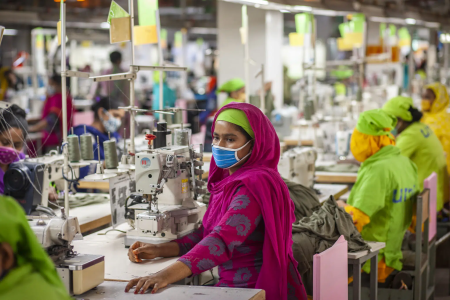THE HIDDEN COST OF FAST FASHION: A DEEP DIVE INTO ITS IMPACT ON THE ENVIRONMENT AND WORKERS
Examining the principles of sustainable fashion and how consumers can make choices that align with environmental consciousness.

In the relentless pursuit of staying on-trend, consumers often turn to the convenience and affordability of fast fashion, offered by e-tailers and big-box stores. However, the seemingly cheap chic comes at a substantial cost to both the environment and the workers in the fashion industry.
The Allure of Fast Fashion
Fast fashion is a business model that thrives on producing garments in bulk and quickly responding to current trends. Originating in 1989 with the opening of Zara in the United States, this model has since been adopted by major players like H&M and online retailers such as Shein and ASOS. Fast fashion relies on rapid production schedules, pushing out designs in response to social media trends and celebrity styles, often at extremely affordable prices.

The Environmental Toll
According to a March 2023 report by the United Nations Environment Programme (UNEP), the fashion industry is responsible for 10% of global carbon emissions. The report also notes a doubling in the production of garments since 2000, with consumers buying 60% more clothes but wearing them for only half as long.
The use of materials like polyester, a synthetic fiber made from nonrenewable fossil fuels, exacerbates the problem. Polyester takes approximately 200 years to decompose, contributing significantly to environmental degradation. Moreover, the fast fashion industry relies heavily on cheap labor, with millions of factory workers worldwide, many of whom do not earn a living wage.

The Human Cost
Countries like India, Bangladesh, and Pakistan often bear the brunt of fast fashion production, where workers are paid lower wages and sometimes endure hazardous conditions. Reports from organizations like Humanium highlight instances of child labor and exploitation in the garment manufacturing industries of these countries.
Beth Osnes, a professor of environmental studies, emphasizes the lack of consideration for ethical and worker rights in the fast fashion process. "Fossil fuel is not only driving the machinery that's creating these garments, but it literally is the material from which these fashion items are being created," she warns.
A Cry for Sustainability
Amidst growing concerns, the concept of sustainable fashion has emerged. Sustainable fashion involves designing and producing clothes with a focus on environmental friendliness, using natural fibers such as cotton, hemp, linen, wool, and silk.
The UNEP's 2023 report suggests that the fashion industry can move towards sustainability by shifting consumption patterns, investing in shared infrastructure, and improving environmental and social practices. Informing consumers about environmental impact and prioritizing recyclability and locally-sourced materials are recommended steps.
The Power of Consumer Choices
Consumers can contribute to a more sustainable fashion industry by making conscious choices. Opting for garments with less than 20% polyester, choosing natural fiber clothing, and engaging in thrift store shopping are practical steps highlighted by experts. Dr. Preeti Arya from the Fashion Institute of Technology urges consumers to "shop responsibly" and consider investing in a few high-quality items instead of a multitude of fast fashion basics.
As the environmental and social impacts of fast fashion become increasingly apparent, individuals have the power to drive change through informed and responsible choices, ultimately shaping a more sustainable future for the fashion industry.
#THE S MEDIA #Media Milenial #Fast Fashion #Environmental Impact #Sustainable Fashion #Ethical Consumerism #Fashion Industry Trends #Carbon Emissions #Worker Exploitation #Eco-Friendly Clothing #Polyester Alternatives #Responsible Shopping Habits #Global Fashion Trends #Fashion Industry Sustainability #Thrift Store Finds #Consumer Choices for a Greener World #United Nations Environment Programme #Fashion Institute of Technology #Social and Environmental Practices #Green Living #Fashion Revolution

























